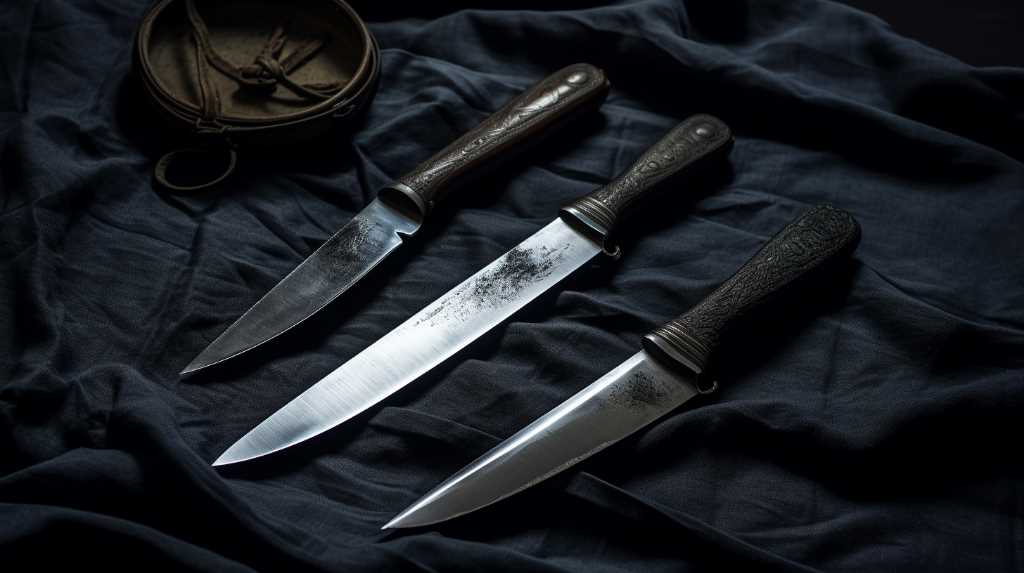
In an endeavor to preserve the impeccable performance and longevity of your throwing knives, it becomes imperative to adopt meticulous maintenance practices.
This article delves into the realm of effective cleaning techniques, sharpening methods, oiling procedures, storage solutions, rust prevention, and handle maintenance tips.
By incorporating these expert recommendations, you can ensure the optimal condition and functionality of your throwing knives, empowering you to achieve unparalleled precision and accuracy in your throwing endeavors.
Key Takeaways
- Clean throwing knives after each use to remove dirt, debris, and moisture.
- Regularly inspect and replace loose or damaged handle components for optimal performance.
- Learn and utilize honing and stropping techniques to maintain the cutting edge of the knives.
- Apply a thin layer of oil or specialized rust-prevention product to prevent rust and corrosion.
Cleaning Techniques

Effective cleaning techniques are essential for maintaining the longevity and performance of throwing knives. Regular cleaning helps remove dirt, debris, and moisture that can corrode or damage the blades.
To clean throwing knives, start by wiping them down with a soft, lint-free cloth to remove any surface dirt. For more thorough cleaning, use a mild soap or knife cleaning solution and a soft brush. Gently scrub the blades and handles, paying close attention to any crevices or joints.
Rinse the knives with clean water and dry them thoroughly to prevent rusting. Lubricating the blades with a thin layer of oil can also help prevent corrosion and maintain their sharpness.
Sharpening Methods
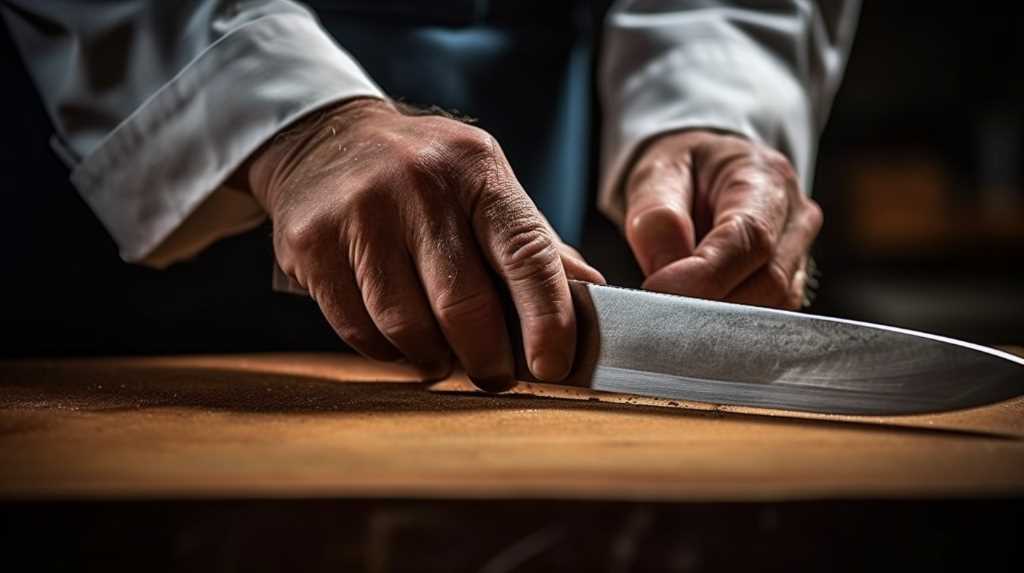
To achieve optimal sharpness, it is important to learn and utilize various sharpening methods, such as honing and stropping, in order to maintain the cutting edge of throwing knives.
Honing is the process of realigning the blade's edge, while stropping involves polishing and refining the edge for added sharpness. Both methods are essential in preserving the cutting ability of throwing knives.
Honing should be done regularly, especially after heavy use, to ensure the blade remains aligned and sharp. Stropping, on the other hand, can be done less frequently but is equally important for maintaining a razor-sharp edge.
Oiling Procedures
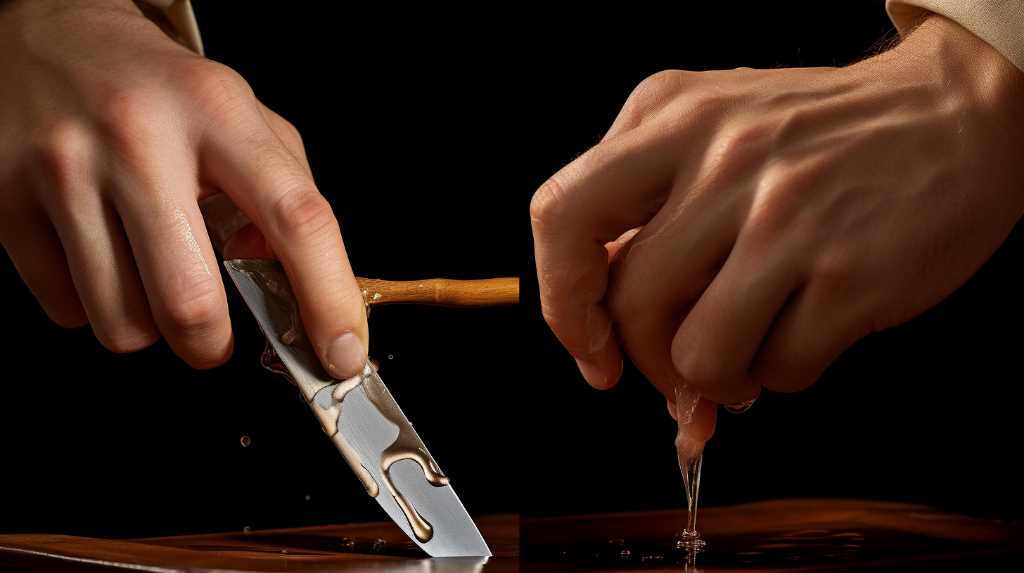
Regularly, but not excessively, applying a high-quality lubricant to the pivot points and blade of throwing knives can effectively prevent rust and corrosion, while also ensuring smooth and reliable performance during throwing sessions.
A high-quality lubricant creates a protective barrier that prevents moisture from coming into contact with the metal, which reduces the chances of rust and corrosion. It is important to choose a lubricant specifically designed for knives, as it will provide optimal protection without leaving a sticky residue or affecting the knife's balance.
To apply the lubricant, simply place a small amount on a clean cloth or paper towel and gently rub it onto the pivot points and blade. After application, wipe off any excess lubricant to avoid attracting dirt and debris.
Effective Storage Solutions
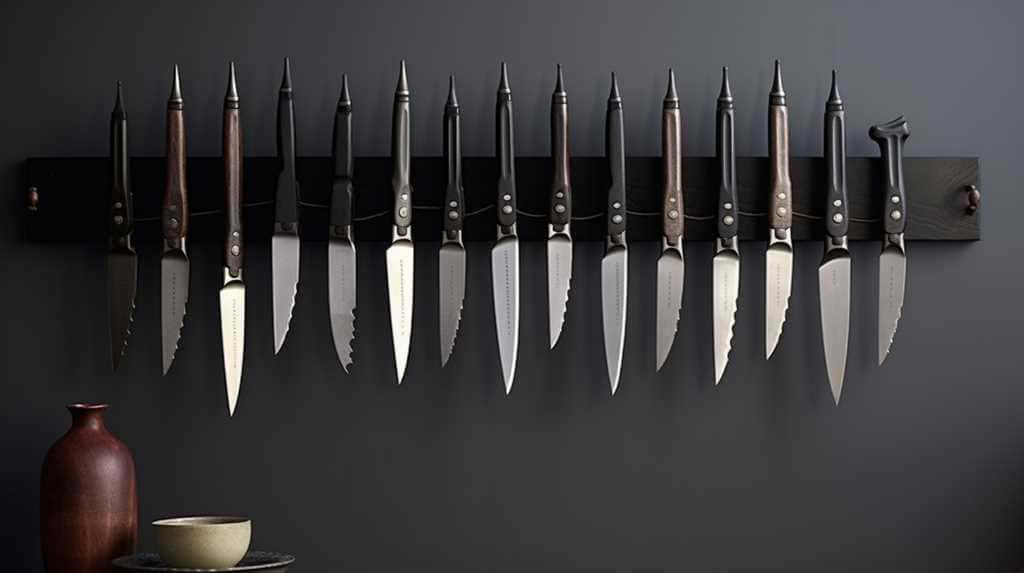
By implementing proper storage techniques, such as utilizing foam inserts and keeping throwing knives in a secured case, enthusiasts can ensure the longevity and safety of their equipment. Foam inserts are an effective solution to prevent the knives from rubbing against each other, which can cause damage to the blades. These inserts not only provide cushioning but also keep the knives in place, minimizing the risk of accidents during transportation or storage.
Additionally, storing throwing knives in a secured case adds an extra layer of protection, preventing unauthorized access and reducing the chances of theft or mishandling. It is crucial to choose a case with a sturdy lock mechanism and sufficient padding to absorb any impact.
Rust Prevention and Handle Maintenance Tips
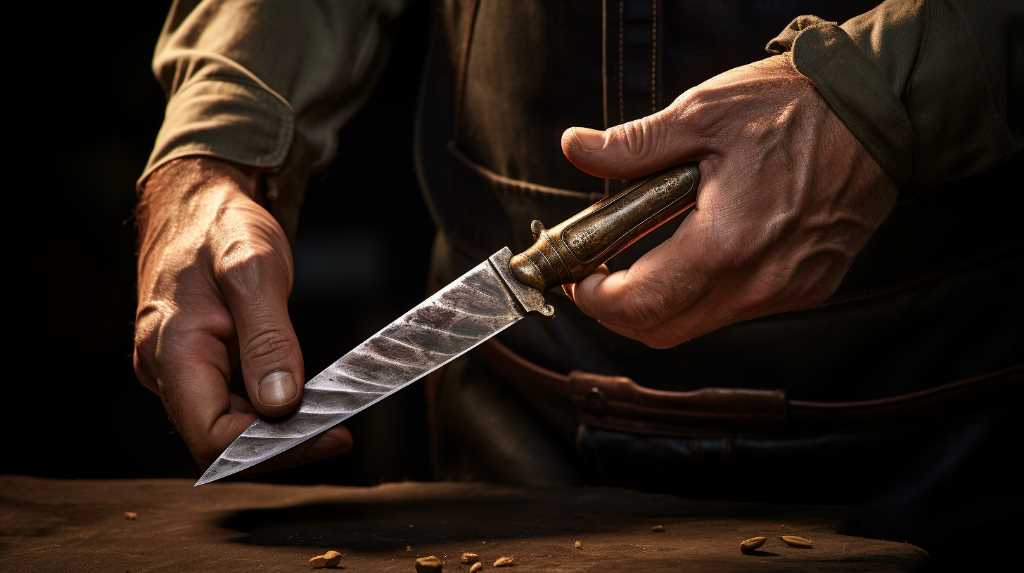
When considering rust prevention and handle maintenance tips, enthusiasts should prioritize regular cleaning and applying a protective coating to ensure the longevity and performance of their throwing knives. Rust can not only affect the appearance of the knife but also compromise its structural integrity.
To prevent rust, it is important to clean the knife after each use, removing any dirt, debris, or moisture. A gentle soap and water solution can be used for cleaning, followed by thorough drying and application of a protective coating. This coating can be in the form of a thin layer of oil or a specialized rust-prevention product.
Additionally, maintaining the handle of the throwing knife is crucial for a secure grip. Regularly inspect and replace any loose or damaged handle components, such as screws or scales, to ensure optimal performance and safety.
Frequently Asked Questions
Can Throwing Knives Be Cleaned in a Dishwasher?
Throwing knives should not be cleaned in a dishwasher. The high heat and harsh detergents can damage the blades and handles. Instead, clean them by hand using mild soap, warm water, and a soft cloth. Dry them thoroughly afterward to prevent rust.
What Are the Best Materials to Use When Sharpening Throwing Knives?
When it comes to sharpening throwing knives, the best materials to use are those specifically designed for knife sharpening. These can include sharpening stones, honing rods, or diamond-coated sharpeners, which provide the necessary abrasiveness for achieving a sharp edge.
Is It Necessary to Oil Throwing Knives Regularly?
Regularly oiling throwing knives is crucial for maintaining their good condition. This helps prevent rust and corrosion, ensuring optimal performance and longevity. It is recommended to use a high-quality lubricant specifically designed for knives.
Can Throwing Knives Be Stored in a Regular Kitchen Drawer?
Throwing knives should not be stored in a regular kitchen drawer due to safety concerns. It is recommended to keep them in a secure, designated area to prevent accidents and ensure their longevity.
How Often Should I Inspect the Handles of My Throwing Knives for Maintenance?
It is important to regularly inspect the handles of throwing knives to ensure their maintenance. By doing so, one can identify any potential issues and address them promptly, thereby extending the lifespan of the knives and ensuring their optimal performance.
Conclusion
In conclusion, maintaining throwing knives in good condition requires regular cleaning, sharpening, oiling, and effective storage solutions.
By following these maintenance procedures, you can prevent rust, keep the handles in good shape, and ensure the knives are always ready for use.
Properly maintaining your throwing knives will not only extend their lifespan but also enhance their performance, making your throwing experience more enjoyable and successful.
So, take the time to care for your knives, and they will serve you well in your throwing endeavors.

